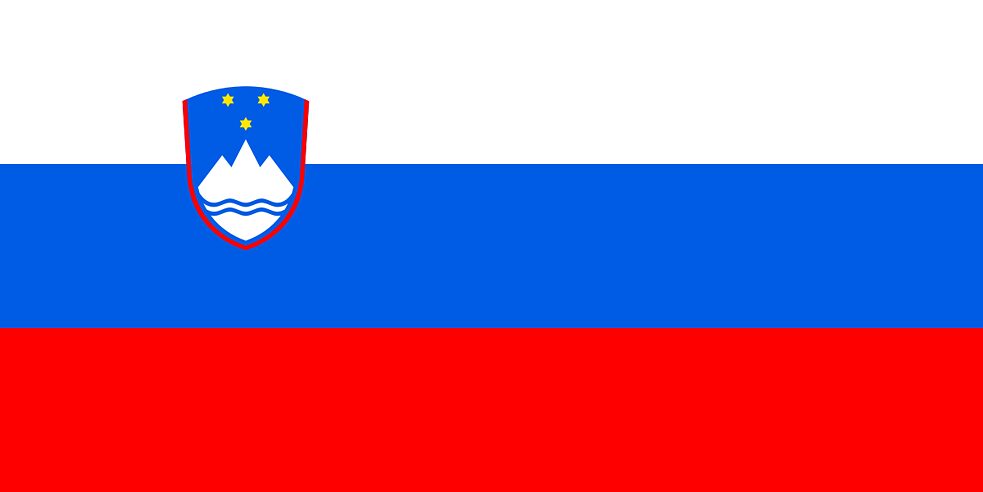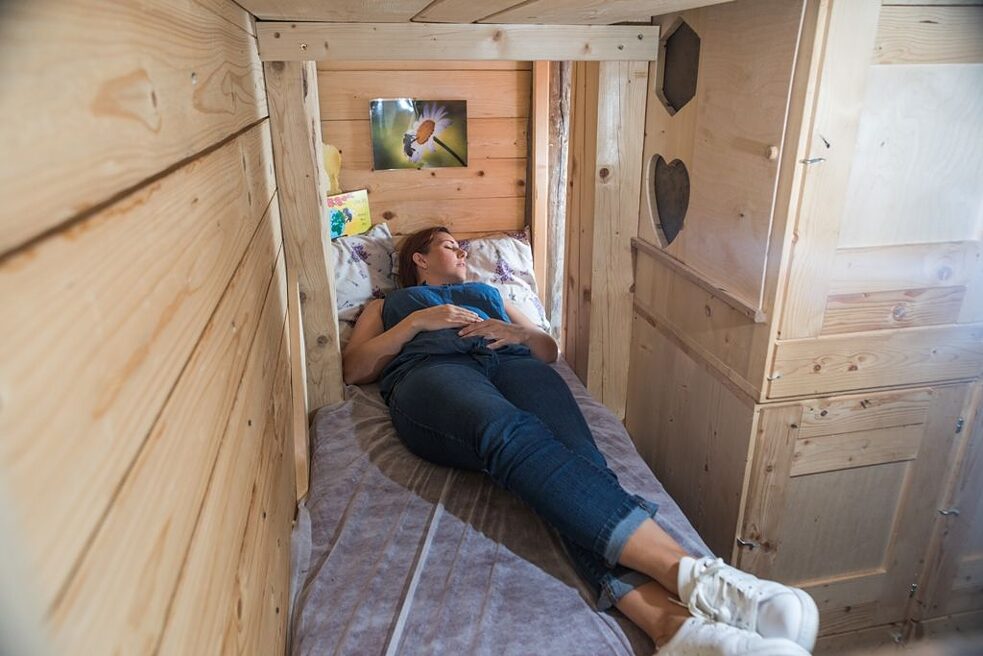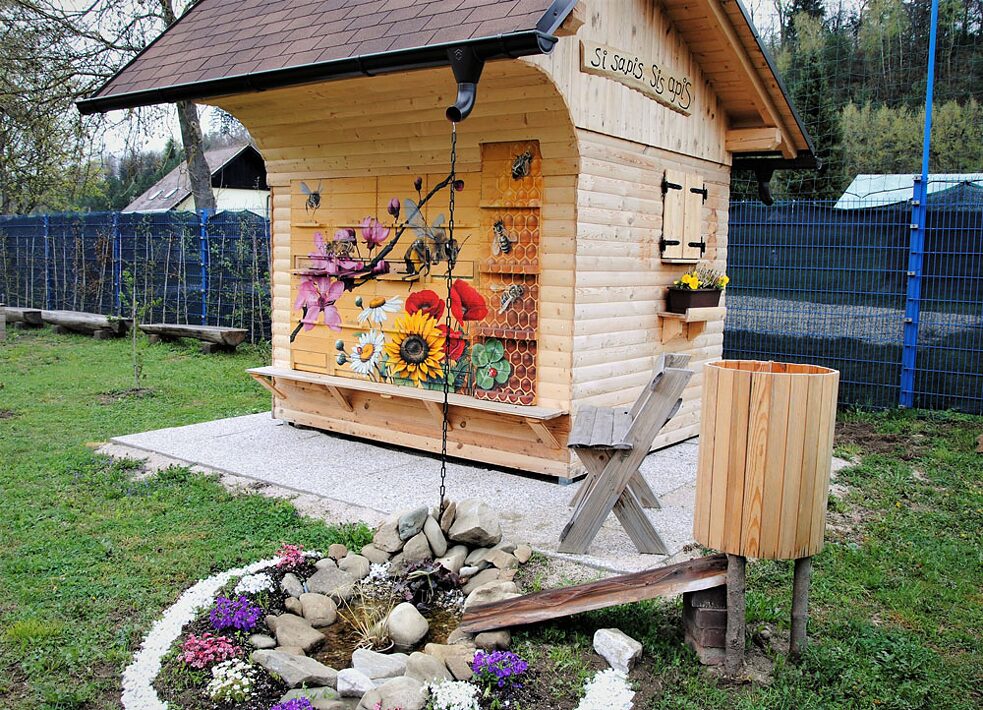Apitourism - a guarantee for an unforgettable experience
An increasing number of tourists are eager to spend their holidays in touch with nature, seeking genuine experiences to fill them with new energy and restore their inner peace. Slovenia, a country with a rich tradition of beekeeping, has been breaking ground in recent years with an innovative sustainable tourism product – apitourism.
Beekeeping tourism or apitourism provides a unique travel experience that combines tradition with an innovative approach. On the one hand, it offers an unforgettable experience, and on the other hand, it includes a significant educational aspect as it educates people about beekeeping, raises awareness of the importance of bees and develops a high level of respect and responsibility towards the natural, cultural and social environment.
Apitourism experiences include visits to beekeepers, demonstrations and tastings of bee products, tours of beekeeping museums and collections, and lectures, as well as making decorative items from beeswax, painting beehive end panels, and baking and decorating honey bread.
An important service provided as part of apitourism is apitherapy, which is aimed at promoting health and preventing and alleviating health problems with bee products or preparations. It includes, in particular, the inhalation of the beautiful aromas of bee products while listening to the sound of bees buzzing, enjoying honey-based massages or honey baths and more.
There are around 10,000 beekeepers in Slovenia, the first started to open their apiaries to visitors decades ago. Today, about 40 beekeepers are engaged in apitourism. They are united in the Section for Beekeeping Tourism of the Slovenian Beekeepers’ Association, which grants certificates to apitourism service providers and fosters the development and promotion of beekeeping tourism.
Beekeeper Blaž Ambrožič - Beekeeping Ambrožič from Bled decided to engage in apitourism, encouraged by many tourists who walked past his house and watched him with interest as he worked with bees. “My wife and I built an apiary and made it possible for visitors to safely observe my work with bees in 2011, making Gorenjska one of the first providers of apitourism. Positive responses have prompted us to significantly increase our range of services over the years. Most visitors are foreigners, and they especially appreciate the personal approach.“
The visitors to the Ambrožič beekeeping farm are given a tour to see the apiaries, are acquainted with the life of a bee family and honey production, and get the chance to taste bee products. Visitors can also relax in the apiary, and those who are bolder can also choose to see the inside of a hive. “Of course, we do not forget about protective clothing,” smiles Ambrožič, who intends to add even more to the range of tourist activities.
Štefan Šemen from Beltinci is one of the pioneers of apitourism. He became a beekeeping master after losing his job. Today, he tends to 700 beehives and offers beekeeping experiences to visitors to his farm along the Mura River. “In the apiary intended for inhaling the aroma of wax, honey and propolis, there are 40 hives adapted to taking in these aerosols. Our special feature is that inhalation does not require the use of inhalers, and the intensity of the aerosol can be automatically controlled through the regulation of the openings. Visitors can also enjoy fresh pollen directly from the hive or reward themselves with a honey massage.”
All apitourism service providers are listed on the website: Apitourism. Come and enjoy honey experiences in Slovenia!
SLOVENIAN APIARIES
Slovenia is a country of apiaries, bees and beekeepers, as they are part of the Slovenian culture and way of life.
An apiary is a house containing a number of beehives where bees are kept. The beehives in the apiary are structured so a beekeeper can work with the bees and spend as little time as possible on the work and collecting from the beehives. Beekeepers also take care of the bees, feed them when necessary and control pests.
An apiary is therefore a house where beehives are kept. However, such beehives have not always been the home of bee communities. In the past, bees lived in tree hollows, which can still be occupied by swarms of bees today. People often used to cut out hollow tree trunks and place them near them. In the past, beekeepers used hollow tree trunks that they placed vertically or horizontally, as well as cut out tree logs and troughs, wicker baskets and beehives made of other materials available to them. Beekeepers then placed the beehives in a roofed structure, thus creating an apiary characteristic of the Slovenian territory.
An apiary (also called "uljnjak, "čebelnik" or "bučelnjak" in Slovenian) is usually built of wood, but can also be made of other materials, such as stone or brick. Building an apiary is quite simple and you only need basic knowledge and simple tools. Apart from fixed apiaries, which have a built structure, mobile transportable apiaries are used, the purpose of which is to take the bees to pasture on different locations.
A specific feature of Slovenian beekeeping and beekeeping art is the painted front panels of the beehives called "panjske končnice" or "čelnice". This is a folk art that was developed in the Slovenian territory in the 18th century. On the beehive panels, folk artists depicted motives from fables, tales, mythology, history of the Bible and serious and humorous scenes from everyday life, sometimes also landscape images. Even today, numerous beekeepers choose to have the front panels of their beehives decorated, while others only paint each of them in a single colour. Different colours on neighbouring beehives help bees find their beehives easier and prevent them from entering the neighbouring ones by mistake.
An apiary thus consists of four elements: bees, beehives, architecture and a beekeeper. It can be concluded that in addition to the hayrack, the apiary is also a jewel of Slovenian architecture. As part of Slovenian cultural heritage, we must respect and preserve it.
Anton Janša, the first teacher of beekeeping in the world, played an important role in the development of beekeeping in Slovenia and worldwide. Thanks to him and a number of other beekeepers who came after him, Slovenia is one of countries where beekeeping is strongly developed and where the importance of bees and their products is appreciated and respected. Through the development of knowledge and skills in the field of beekeeping, Slovenia significantly contributes to the development and promotion of this branch in the world. At the initiative of the Slovenian Beekeepers' Association it has therefore decided and proposed that the World Bee Day be celebrated. At the initiative of Slovenia, on 20 December 2017, the General Assembly of the United Nations (UN) unanimously adopted a resolution by means of which it declared 20 May World Bee Day.
To this end, the Republic of Slovenia gifted countries in different parts of the world through its ministries or embassies with a number of traditional Slovenian apiaries: the United Nations (UN) in New York, the United Nations Food and Agriculture Organisation (FAO) in Rome, the King and Queen of Norway and the Pope in the Vatican; apiaries were also given to Australia, the United States and to Canada.
By gifting beehives, Slovenia wishes to remind the global public that bees are vital for the provision of food security, biodiversity conservation and protection of the natural environment. We must all be aware of the necessity of protecting bees and wild pollinators, as they significantly contribute to overcoming these challenges.


